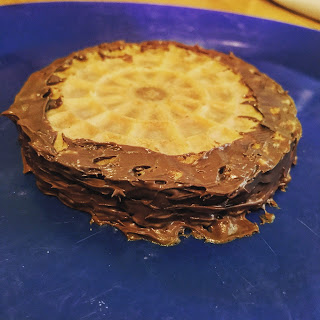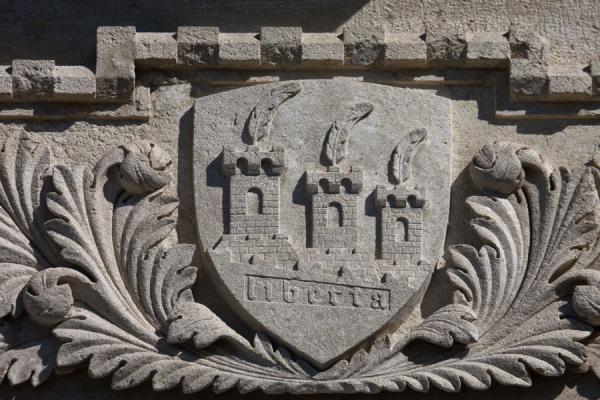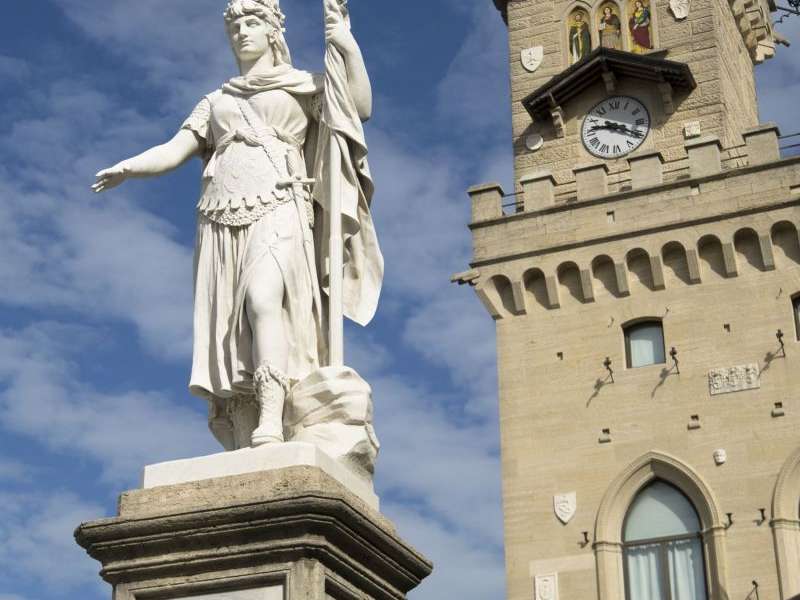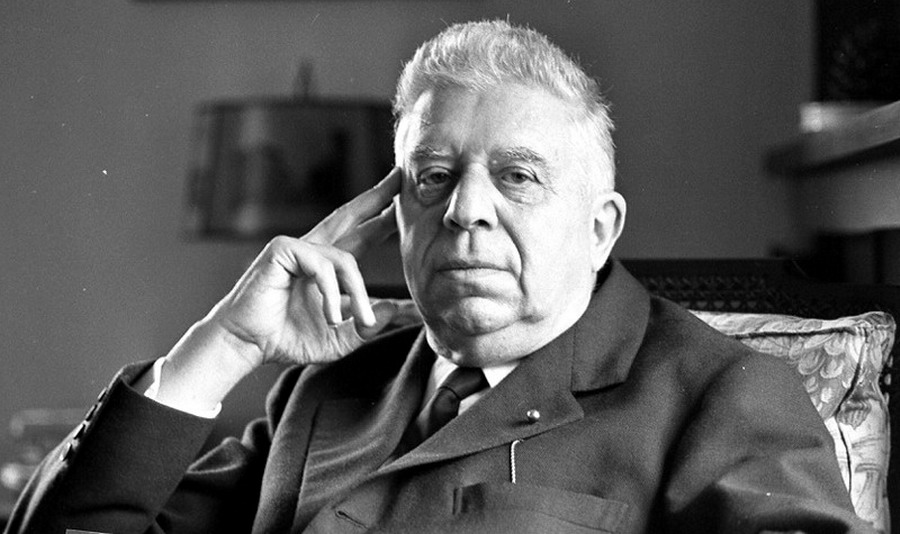My
pay schedule is different than what it used to be, so there was a weird extra
week in my São Tomé and Príncipe segment. But that’s ok: it’s a three-day
weekend for Memorial Day, and if you’re a race fan or from Indiana, it’s also
Indy 500 weekend (which is a holiday in and of itself here). And it’s also the
end of the school year for many (my kids still have 2 weeks to go), and for
that, everyone is grateful: parents, students, and teachers alike.
 |
| I'm not sure there will be many left to save for breakfast. |
So,
to start off this holiday weekend, we’re making food from São Tomé and
Príncipe. The dish I’m counting as a “bread”(only because it has flour in it)
is something that I had when I was in Brazil (or at least something seemingly
similar—it was a long time ago in 2003). In São Tomé and Príncipe, they’re called
Sonhos de Banana. In a medium bowl, I mashed four bananas with a fork and then
added in 1 c flour and 2 Tbsp sugar. I whisked together a ½ c of milk and 1 egg
and poured it into the banana mixture. Then I mixed everything together until
it formed to a batter consistency. After I heated some oil in a skillet, I
spooned in bits of the batter and fried it. Once it was brown on one side, I
flipped it until it was golden on the other side. After I let these fritters
drain on a paper towel, I sprinkled a bit of cinnamon sugar on top. These were
so good – and they went fast! We actually tried them with a bit of Nutella on
them (which were fantastic!) and with some strawberry jelly (which were ok).
 |
| Carnitas makes everything better. This was very quick and easy. I'll be doing this again. |
And
this one is kind of odd because I seemingly picked two main courses. The first
one I made was Boiled Pork. I used carnitas to make it easier, and it has good
flavor. Since my carnitas was already fully cooked, I cooked it according to
the package (otherwise, boil your pork in salted water until it’s cooked and
chop into small pieces). In a pot, I sautéed some chopped onions, minced
garlic, a can of diced tomatoes and added in a bay leaf. Once the onions became
soft, I seasoned the whole thing with some salt and pepper and added the pork
to the mixture. I added in a couple handfuls of spinach leaves to the pot, and
added in a little water, letting it simmer for about 20 minutes. I thought this
was good. Using the fully cooked carnitas was a good idea because it saved some
time and added a nice flavor. The recipe suggested to serve this with fried
plantains, but since we were having the banana fritters, I thought it would be
ok. Not quite the same flavor, but it was a nice contrast to say the least.
 |
| You know what? I was slightly skeptical, but this was actually pretty good. |
The
second main dish I made is Matata. I heated my olive oil in a large sauce pan
and added in my chopped onions to sauté. When my onions were done sautéing, I
took two cans of minced clams and emptied them (juice and all) into the pot
along with ½ c of port wine (it calls for 1 c, but with my experience, most
recipes call for way more wine than necessary; besides, that leaves more for me
to drink later). I brought this to a boil, then lowered the heat to a simmer.
After a few minutes, I added in the chopped peanuts (I crushed mine with a
mortar and pestle), a can of diced tomatoes, salt, pepper, and crushed red
pepper and let it simmer for about a half hour. In the last 5 minutes, I added
in some spinach and covered it until the leaves were just wilted. I served this
over white rice. This was actually pretty good. The clams didn’t really have a
strong “fishy” flavor; perhaps the port wine helped with that. And the peanuts
really added a nice complementary flavor and texture.
 |
| Long overdue, but definitely well-received. |
While
I was cooking, I needed a bowl to mix the batter for the fritters and one to
put the pork dish in. Then I remembered that I had received several pieces of glass
bakeware and serving bowls from my grandmother who had passed away last month.
Part of me was reluctant to use them, in case anything happened to them. But
another part of me wondered what the point of having them if I never used them.
My grandmother was known for her desserts, even though I’m not sure if I’ve
ever seen her eat them. At least, not more than a few bites. So, in essence, by
using her bowls, I feel like I’m keeping her memory alive.
Up
next: Saudi Arabia

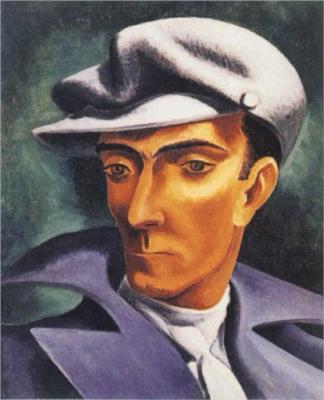


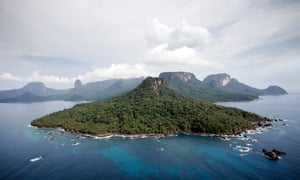


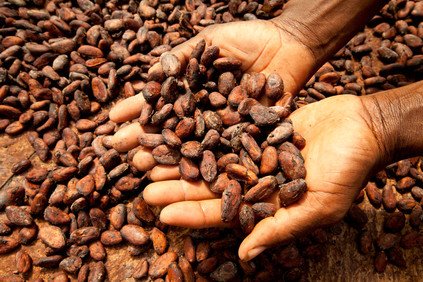
.jpg/300px-Catedral_de_Nossa_Senhora_da_Gra%C3%A7a_S%C3%A3o_Tom%C3%A9_(20234213142).jpg)





